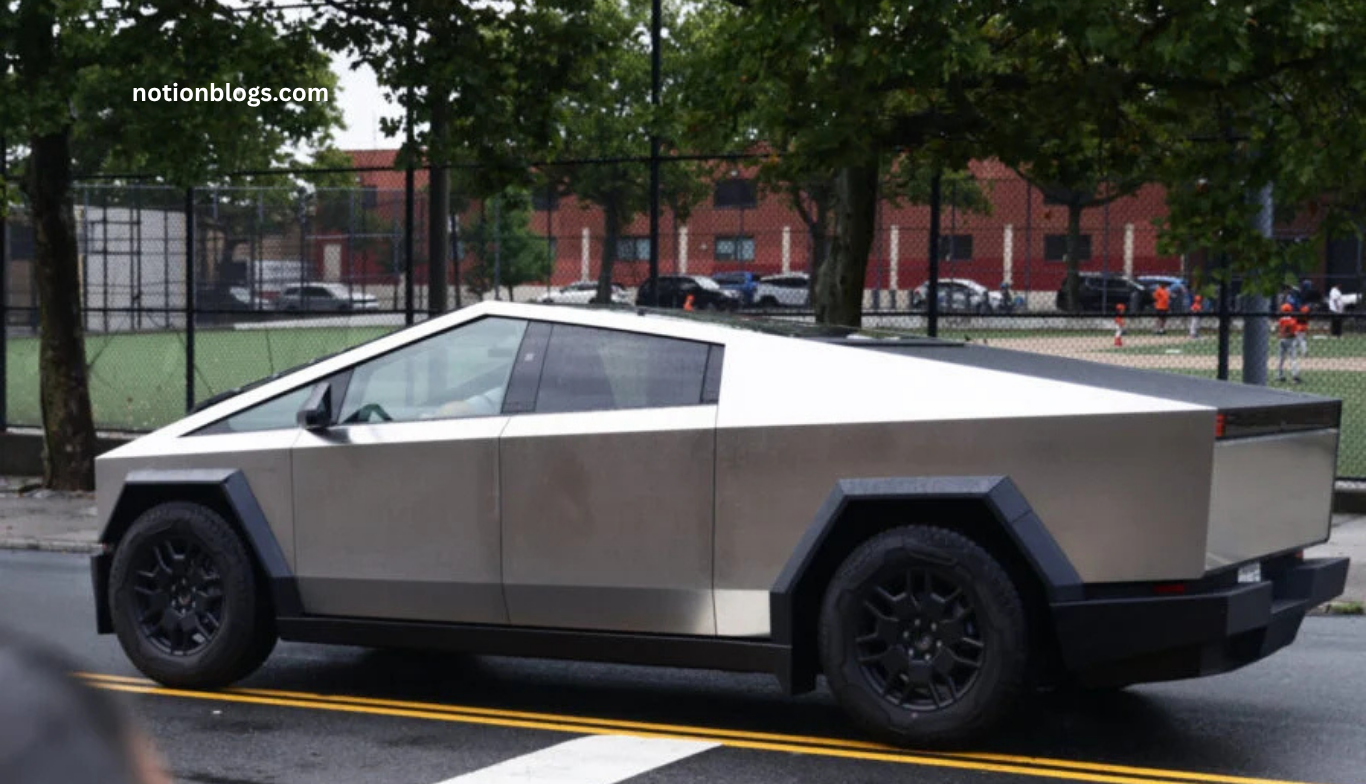After a slow start, the Tesla Cybertruck is finally gaining traction. For the first time since its challenging launch, demand for Elon Musk’s futuristic pickup is rising.
The wait time for the most affordable Cybertruck model has jumped to over a month, signaling increased interest in a vehicle that previously struggled to attract buyers. This sudden surge raises the question: is this the start of a lasting revival for the divisive truck, or merely a brief boost driven by an approaching government deadline?
Read More: When to Be Concerned About a Spider Bite and How to Respond
From Hype to Disappointment: The Harsh Truth
The Cybertruck never aimed to be ordinary. Introduced in a memorable 2019 event where its “bulletproof” windows famously shattered—the futuristic pickup, with its bold stainless-steel body, was promoted by Elon Musk as an indestructible game-changer.
However, after years of delays, reality hit hard. In Q2 2025, Tesla sold only 4,306 Cybertrucks, a sharp 50.8% drop from the previous year, according to Kelley Blue Book. The used market hasn’t been kinder, with resale values plunging over 30% in the past year, per CarGurus data.
By every measure, America’s most anticipated truck has struggled to deliver commercially.
A Sudden Surge in Demand?
Tesla’s latest website update reveals an unusual shift. As of Sunday, the base “Long Range” Cybertruck (starting at $72,235) now faces a 3 to 5-week delivery wait. Meanwhile, the pricier All-Wheel Drive and top-tier Cyberbeast models are available for immediate delivery.
This delay likely signals a spike in orders for the cheapest model, supported by similar wait time increases for the popular Model 3 and Model Y in the past 48 hours. The driving force appears to be the looming September 30 expiration of the $7,500 federal EV tax credit. The base Cybertruck becomes more appealing to last-minute buyers, dropping to $64,735 after the credit.
Tesla is capitalizing on this rush, highlighting the tax credit on its site and promoting the Cybertruck’s self-driving capabilities on social media to sway hesitant buyers.
This surge may help halt the Cybertruck’s decline, but the true test begins October 1, when tax credits disappear and the truck must stand on its own. Whether this marks a comeback or a final hype burst remains to be seen.
Our Take
The Cybertruck has fallen short of Tesla’s lofty promises, consistently underperforming since launch. Following a dismal second quarter and steep declines in the used market, Tesla has resorted to promotions like free accessories to boost sales. The recent surge in demand for the base model is likely a temporary spike driven by the expiring tax credit a last-minute rush from buyers chasing a discount on a truck that hasn’t lived up to its premium price.
Once these incentives disappear, the Cybertruck will face its toughest challenge yet, and all indications suggest a challenging road ahead for Elon Musk’s ambitious, futuristic project.
Frequently Asked Questions
Why is the Tesla Cybertruck suddenly sold out?
A surge in demand for the base model has caused longer wait times, likely driven by the upcoming expiration of the $7,500 federal EV tax credit on September 30.
What caused the Cybertruck’s slow sales initially?
Production delays, high prices, and mixed reviews on its unconventional design contributed to weak early sales and declining resale values.
How long is the current wait time for the Cybertruck?
The base model now has a wait time of 3 to 5 weeks, while higher-end models are available for immediate delivery.
Will the Cybertruck maintain demand after the tax credit expires?
It remains uncertain. The real test will begin after the tax credit ends, as the truck will need to compete on its features and value alone.
What makes the Cybertruck unique?
Its stainless-steel exterior, futuristic design, and advanced self-driving capabilities set it apart from traditional pickups.
Conclusion
The Tesla Cybertruck’s recent surge in demand offers a brief glimmer of hope for a vehicle that has struggled since day one. While the expiring federal tax credit likely fuels this last-minute rush, the true challenge lies ahead. Without government incentives, the Cybertruck must prove its value and appeal in a highly competitive market. For now, Tesla’s futuristic pickup remains a bold experiment—one whose success or failure will shape the future of electric trucks.







